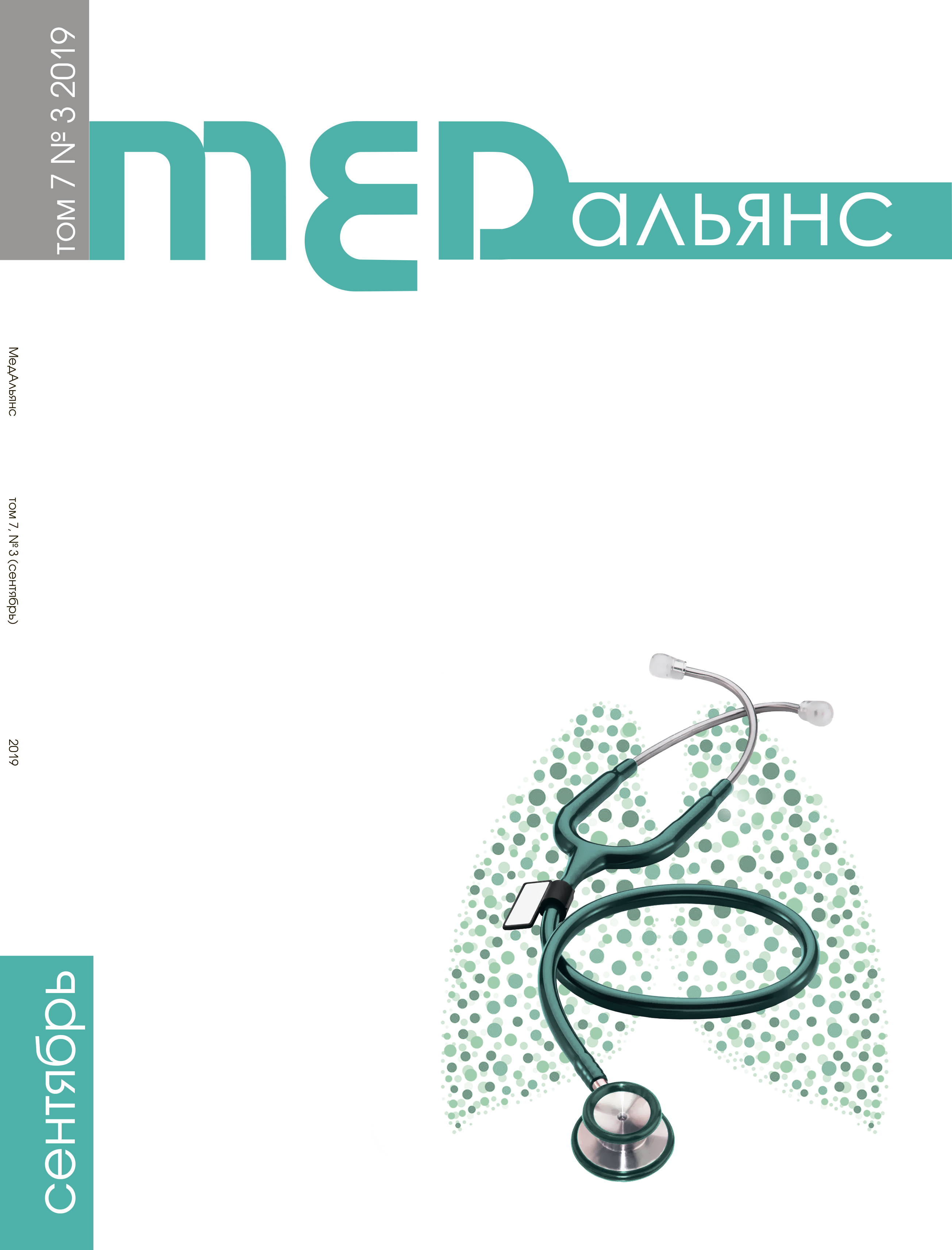Аннотация
Введение. Целью демонстрации данного случая было показать эффективность комплексного подхода к лечению деструктивного туберкулеза органов дыхания с широкой лекарственной устойчивостью Mycobactеrium tuberculоsis (МБТ) в сочетании с ВИЧ-инфекцией, осложненного рецидивирующим легочным кровотечением. Материалы и методы. Пациент с длительным волнообразным течением туберкулеза легких (с 2013 г.) на фоне употребления инъекционных наркотических средств, частыми перерывами в лечении основного заболевания, осложненного рецидивирующими легочными кровотечениями. При поступлении в Центр торакальной хирургии ФГБУ «СПбНИИФ» Минздрава России проведено стандартное обследование согласно национальным клиническим рекомендациям [1], проведена коррекция химиотерапии, определены показания к плановому оперативному лечению. Результаты. На фоне контролируемого лечения по индивидуальному режиму химиотерапии в течение 10 мес у пациента сохранялось бактериовыделение и полости распада в правом легком, что являлось показанием к плановому хирургическому лечению. Во время подготовки к хирургическому вмешательству, в связи с очередным рецидивом легочного кровотечения, по жизненным показаниям использованы эндоваскулярные методы гемостаза с положительным эффектом. После курса интенсивной предоперационной подготовки выполнена правосторонняя пневмонэктомия. При обследовании пациента через 10 мес после операции доказаны отсутствие бактериовыделения и полостей распада, что является в настоящее время критериями эффективного лечения в соответствии с национальными клиническими рекомендациями. Выводы. Клинический пример демонстрирует высокую эффективность персонифицированного подхода к лечению пациентов с осложненным течением деструктивного туберкулеза легких, которые являются угрожаемыми как по развитию хирургических осложнений, так и по прогрессированию туберкулеза после операции.

